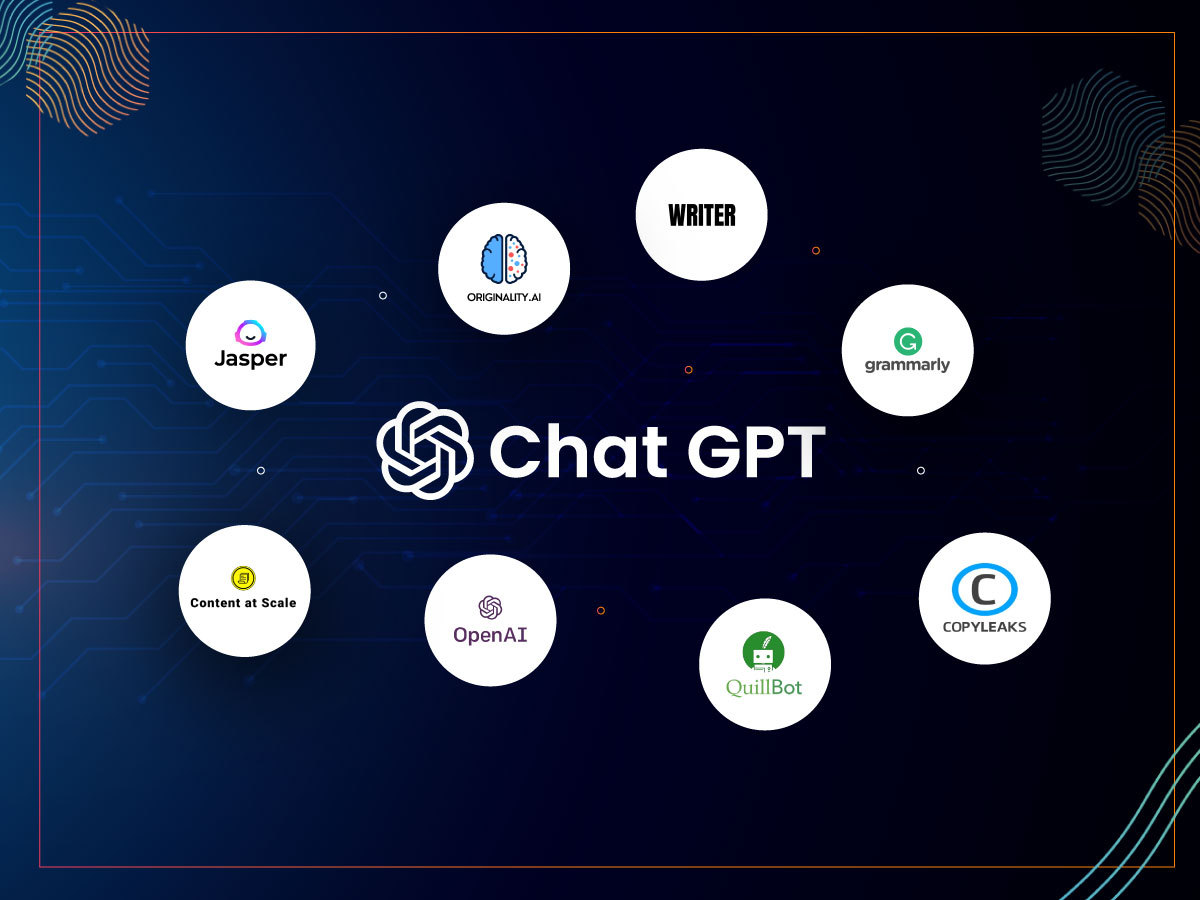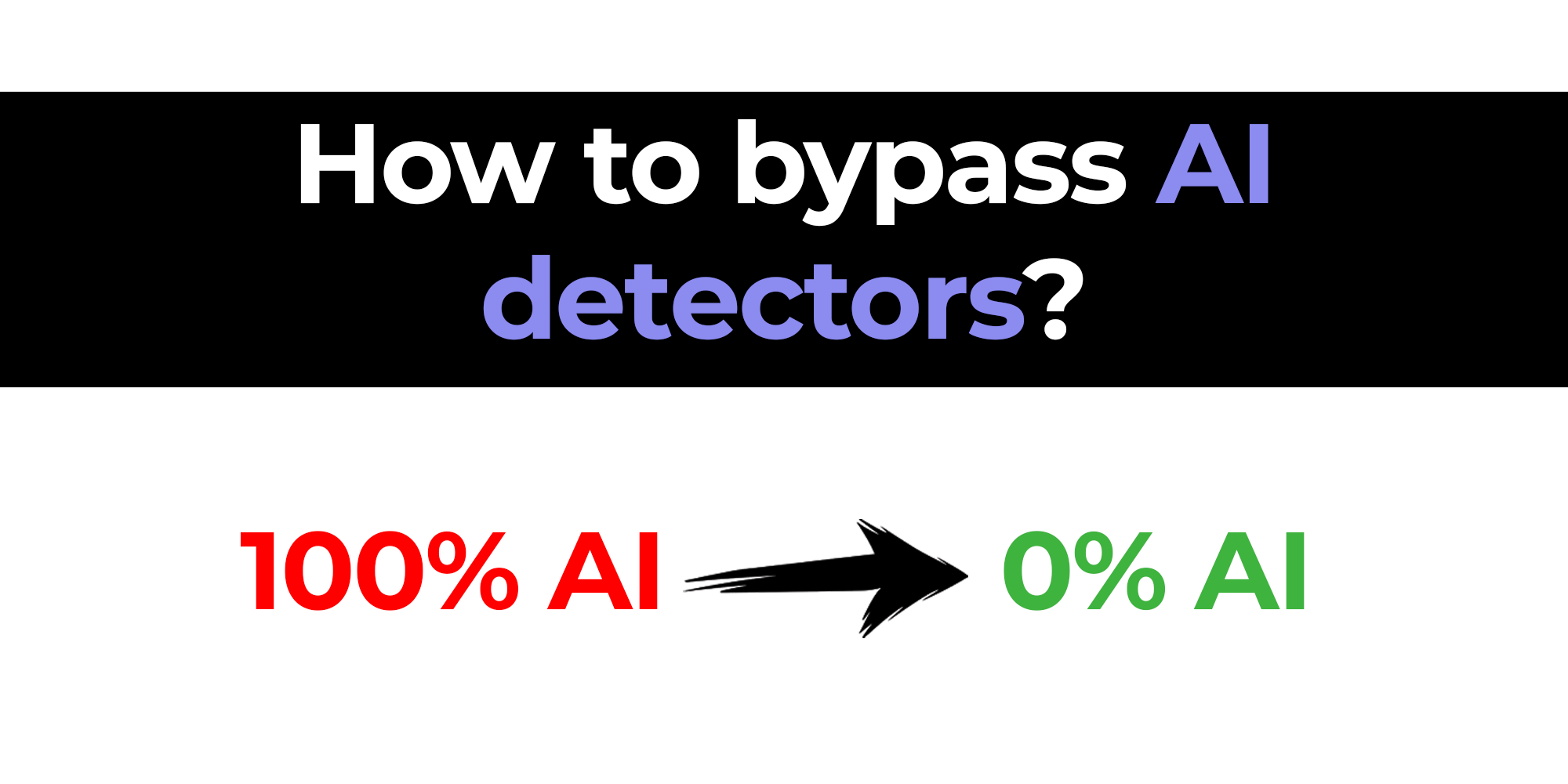Improve Content Quality with the Reliable AI Detector for Plagiarism Checks
Improve Content Quality with the Reliable AI Detector for Plagiarism Checks
Blog Article
Recognizing the Significance of an Ai Detector in Today's Digital Landscape
As synthetic intelligence proceeds to permeate numerous aspects of web content creation, comparing human-generated and machine-generated product has ended up being progressively intricate. This progressing landscape offers substantial obstacles associated with credibility and dependability, necessitating the development of AI detection devices. These tools not just help in identifying AI-produced web content however likewise maintain the integrity of info circulation. Understanding their duty ends up being crucial as we navigate a future where the reputation of media is under continuous examination. What effects might this have for customers and developers alike?
The Increase of AI Material

The rise of AI-generated content has substantial ramifications for different industries, consisting of journalism, entertainment, and advertising - ai detector. Organizations are significantly utilizing these technologies to boost productivity, personalize material, and involve target markets better. The capacity to assess substantial datasets permits AI systems to tailor content to meet particular user choices, offering a much more customized experience
Nonetheless, the expansion of AI web content likewise elevates vital considerations for web content makers and customers alike. As AI comes to be extra integrated into content production workflows, understanding the nuances of AI-generated product is crucial for keeping high quality and significance in a rapidly developing electronic setting. Embracing this technological advancement while continuing to be watchful regarding its effects is important for stakeholders in the electronic media landscape.
Challenges of Credibility
The emergence of AI-generated material has presented considerable difficulties pertaining to credibility in electronic media. As formulas become more advanced, identifying between machine-generated and human-created web content becomes increasingly challenging. This obscuring of lines elevates worries concerning the reputation of information and the potential for misinformation to proliferate.
Among the key challenges is the disintegration of trust fund among customers. With AI efficient in generating reasonable message, pictures, and videos, individuals might find it testing to determine genuine sources from deceptive ones. This uncertainty can cause a more comprehensive skepticism of all electronic web content, making complex efforts to recognize trustworthy details.
Additionally, the effects for copyright are considerable. As AI devices produce content based on existing jobs, inquiries regarding possession and originality emerge. Content designers may battle to safeguard their job from uncredited AI reproductions, threatening their incomes and civil liberties.
Last but not least, the capacity for malicious uses of AI-generated material, such as deepfakes and automatic publicity, presents major honest and societal dangers. These difficulties underscore the urgent need for structures that support authenticity in the digital landscape, guaranteeing that details stays trusted and trustworthy.
Role of AI Detectors
Addressing the obstacles of authenticity in digital media calls for ingenious solutions, and AI detectors have become a vital tool in this effort. These modern technologies are developed to assess and identify content created by expert system, therefore helping with the discernment between human-created and machine-generated materials. The role of AI detectors expands beyond plain recognition; they additionally add to preserving the honesty of information consumed by the public.
AI detectors make use of advanced formulas to look at different components of electronic content, consisting of etymological patterns, architectural anomalies, and details pens that indicate automation. Their application extends numerous markets, including journalism, education and learning, and social media, where the presence of AI-generated content can lead to misinformation and disintegration of trust.

Advantages of Using AI Detectors
Making sure authenticity in electronic web content personifies the basic need for count on information resources, and AI detectors act as a powerful ally in this pursuit. By determining AI-generated web content, these tools assist maintain the integrity of information, thereby safeguarding customers from false information and enhancing general content top quality.
One of the key advantages of using AI detectors is their capacity to streamline content verification procedures, considerably reducing the moment and initiative called for to examine the authenticity of electronic materials. This effectiveness enables content creators, teachers, and services to concentrate on producing trusted and top notch info, instead of spending too much resources on fact-checking.
Additionally, AI detectors foster responsibility among material developers. The expertise that AI-generated content can be identified urges transparency and honest techniques in web content manufacturing. This, in turn, contributes to a more informed digital community, as users can confidently engage with verified information.
Future of Content Confirmation
As the landscape of electronic web content proceeds to advance, the future of web content confirmation offers both tests and chances for preserving authenticity. As AI technologies advance, so too do the methods for distributing and producing misinformation (ai detector). This arms race between material makers and confirmation tools necessitates the growth of extra advanced AI detectors with the ability of discerning real material from manipulated find out here now or fabricated product

Moreover, the increase of decentralized technologies, such as blockchain, holds pledge for verifying content provenance, making certain that individuals can trace the origins of the details they take in. Ultimately, the future of material confirmation will depend upon our ability to innovate despite evolving dangers, cultivating a digital atmosphere where credibility is recognized and upheld as an essential concept.
Conclusion
To conclude, the spreading of AI-generated content requires durable devices for authenticity verification. AI detectors serve an essential duty in discerning machine-produced materials, consequently boosting trust fund and accountability within the digital environment. As false information continues to evolve, the application of trustworthy discovery devices will certainly be important for securing the stability of details and cultivating an extra enlightened community. The future of material verification depends upon the efficiency of AI detectors in preserving reputation throughout numerous media systems.
AI web content development tools, such as natural language processing versions and generative adversarial networks, allow companies and individuals to generate top notch material at unmatched speeds and reduced expenses.
Nevertheless, the proliferation of AI web content additionally increases important factors to consider for web content designers and consumers alike. As the refinement of AI-generated web content continues to develop, the role of AI detectors comes to be progressively vital in guarding authenticity and promoting openness in digital interaction. The understanding that AI-generated content can be recognized motivates openness and honest practices in material production.As the landscape of electronic content proceeds to develop, the future of web content verification offers both challenges and possibilities for preserving credibility.
Report this page